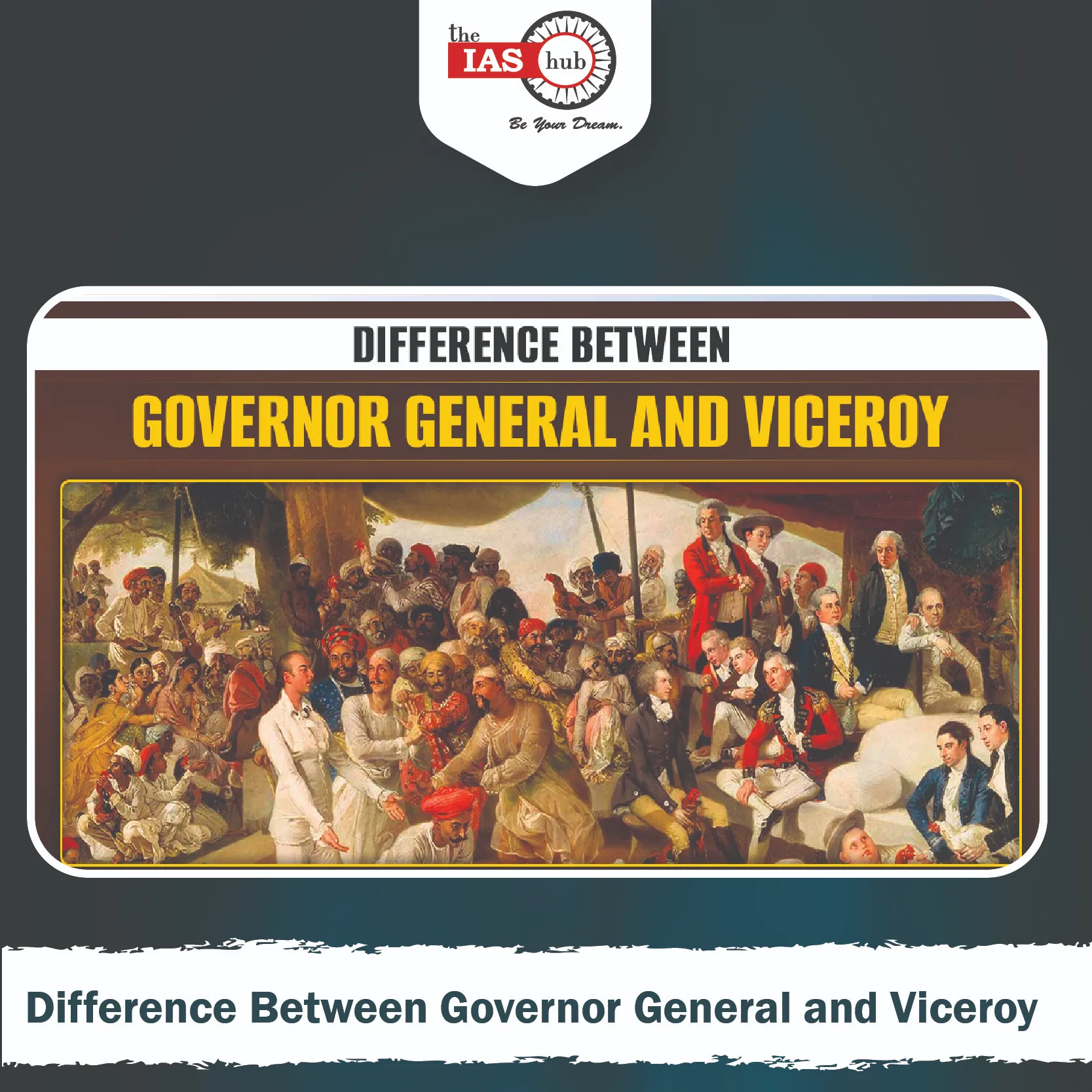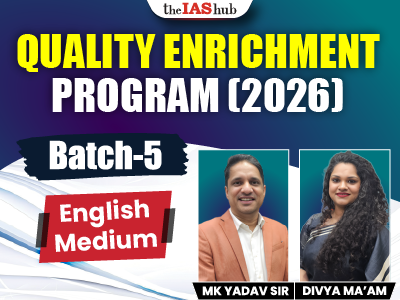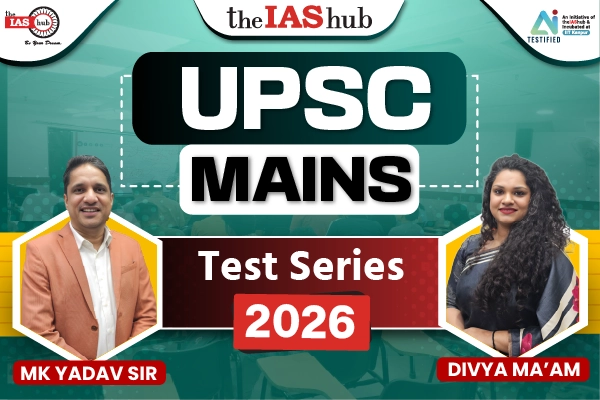Learn the key differences between the Governor General and the Viceroy of India, their roles and responsibilities. Includes a detailed comparison and a list of notable figures.


The terms “Governor General” and “Viceroy” were used for the British officials who ruled India during different periods. While both had significant administrative powers, their roles and responsibilities differed. Understanding these differences is essential to learning about India’s colonial history.
During the East India Company’s rule, the Governor General was used to administer British territories in India. However, after the Revolt of 1857, the British Crown took direct control, and the title Viceroy was introduced in 1858 to represent the British monarch in India. This transition marked a significant shift in governance and control over Indian administration.
The Governor General was the head of British administration in India during the East India Company’s rule. The first Governor General was Warren Hastings, appointed in 1773. Initially, the position was called “Governor General of Bengal,” but in 1833, it was changed to “Governor General of India.”
Responsibilities of the Governor General:
The title of “Viceroy” was introduced in 1858 when India came under the direct control of the British Crown. The first Viceroy of India was Lord Canning. The Viceroy acted as a representative of the British monarch and had more control over Indian administration than the Governor General.
Responsibilities of the Viceroy:
The Governor General and Viceroy were two important administrative positions in British India, but they had distinct roles and powers. Below is a detailed comparison highlighting their differences.
| Feature | Governor General | Viceroy |
| Period | 1773 – 1858 | 1858 – 1947 |
| Authority | East India Company | British Crown |
| First Holder | Warren Hastings | Lord Canning |
| Role | Head of British administration in India | Representative of the British Crown |
| Control Over | British territories in India | Entire Indian administration |
Initially, the title was “Governor General of Bengal,” which was later changed to “Governor General of India” in 1833. Below are some notable Governors-General:
| Name | Tenure | Contributions |
| Warren Hastings | 1773 – 1785 | First Governor General of Bengal, judicial and revenue reforms. |
| Lord Cornwallis | 1786 – 1793 | Introduced Permanent Settlement of Bengal. |
| Lord Wellesley | 1798 – 1805 | Expanded British territories through Subsidiary Alliance. |
| Lord William Bentinck | 1828 – 1835 | Abolished Sati, introduced English education. |
| Sir Charles Metcalfe | 1835 – 1836 | Known as the “Liberator of the Indian Press.” |
| Lord Dalhousie | 1848 – 1856 | Introduced railways, telegraph, postal services, and the controversial Doctrine of Lapse. |
| Lord Canning | 1856 – 1858 | Last Governor General of India and first Viceroy of India after the 1857 Revolt. |
Below is a list of some important Viceroys and the major events during their tenure:
| Duration | Name | Important Events |
| 1858-1862 | Lord Canning | First Viceroy, introduced the Portfolio System. |
| 1869-1872 | Lord Mayo | First Indian census, financial decentralization. |
| 1876-1880 | Lord Lytton | Introduced the Vernacular Press Act and Royal Titles Act. |
| 1880-1884 | Lord Ripon | Introduced the First Factory Act, repealed the Vernacular Press Act. |
| 1899-1905 | Lord Curzon | Partition of Bengal, establishment of Banaras Hindu Girls’ School. |
| 1916-1921 | Lord Chelmsford | Rowlatt Act, Jallianwala Bagh Massacre. |
| 1926-1931 | Lord Irwin | Gandhi-Irwin Pact, First Round Table Conference. |
| 1936-1944 | Lord Linlithgow | Quit India Movement, Lahore Session of 1940. |
| 1947 | Lord Mountbatten | Last Viceroy, oversaw India’s independence. |
Are you preparing for UPSC 2025? Join IAShub’s UPSC coaching batches to boost your preparation. Enroll now!
Lord William Bentinck became the first Governor General of India in 1833.
Lord Canning was the first Viceroy of India after the Revolt of 1857.
C. Rajagopalachari became the first Indian Governor General of India after independence in 1947.


Refine your answer writing skills and elevate your UPSC preparation with personalized support and expert feedback.
Fill out the form to get started with the program or any other enquiries !








Are you dreaming of becoming an IAS officer? Then, IAShub can be your best guide. It is one of the Best IAS Coaching in Delhi. Many students who want to clear the UPSC exam join IAShub for learning. The institute gives both online and offline classes. Their teachers are experienced and helpful. They easily explain every topic. Students also get notes, tests, and tips to do well in the exam.
IAShub is in Delhi and is trusted by many UPSC students. It offers coaching for every part of the UPSC exam – Prelims, Mains, and Interview. The classes are simple and easy to understand. The teachers are experts and guide students in the right way. IAShub is also known for its helpful notes, test series, and answer-writing practice. IAShub is the best coaching in Delhi and also gives UPSC Online Classes. This helps students from any place in India to learn. The online classes are live and also recorded. So, students can watch them anytime. These classes cover the full UPSC syllabus.
Here are some important services provided by IAShub:
The UPSC Civil Services Exam has three parts:
This exam is tough, but with the right guidance, it becomes easy to manage. Students must study smart and stay regular.
IAShub supports students from the beginning to the end. It gives the right books, tests, and notes. The classes are easy to follow, and the teachers are always ready to help. Students get personal doubt sessions too. The test series and answer checking help students learn where they need to do better. Also, free study materials save time and money.
IAShub also guides students during the final stage – the interview. Experts take mock interviews and give useful tips. This full support makes IAShub one of the best IAS coaching in Delhi.
